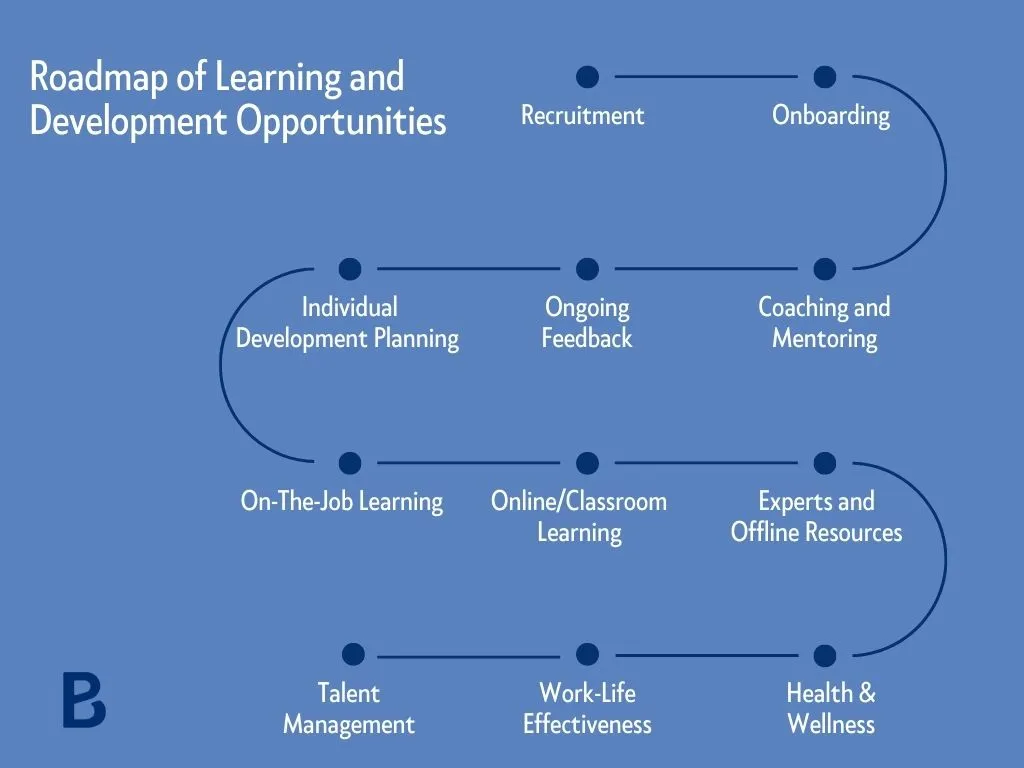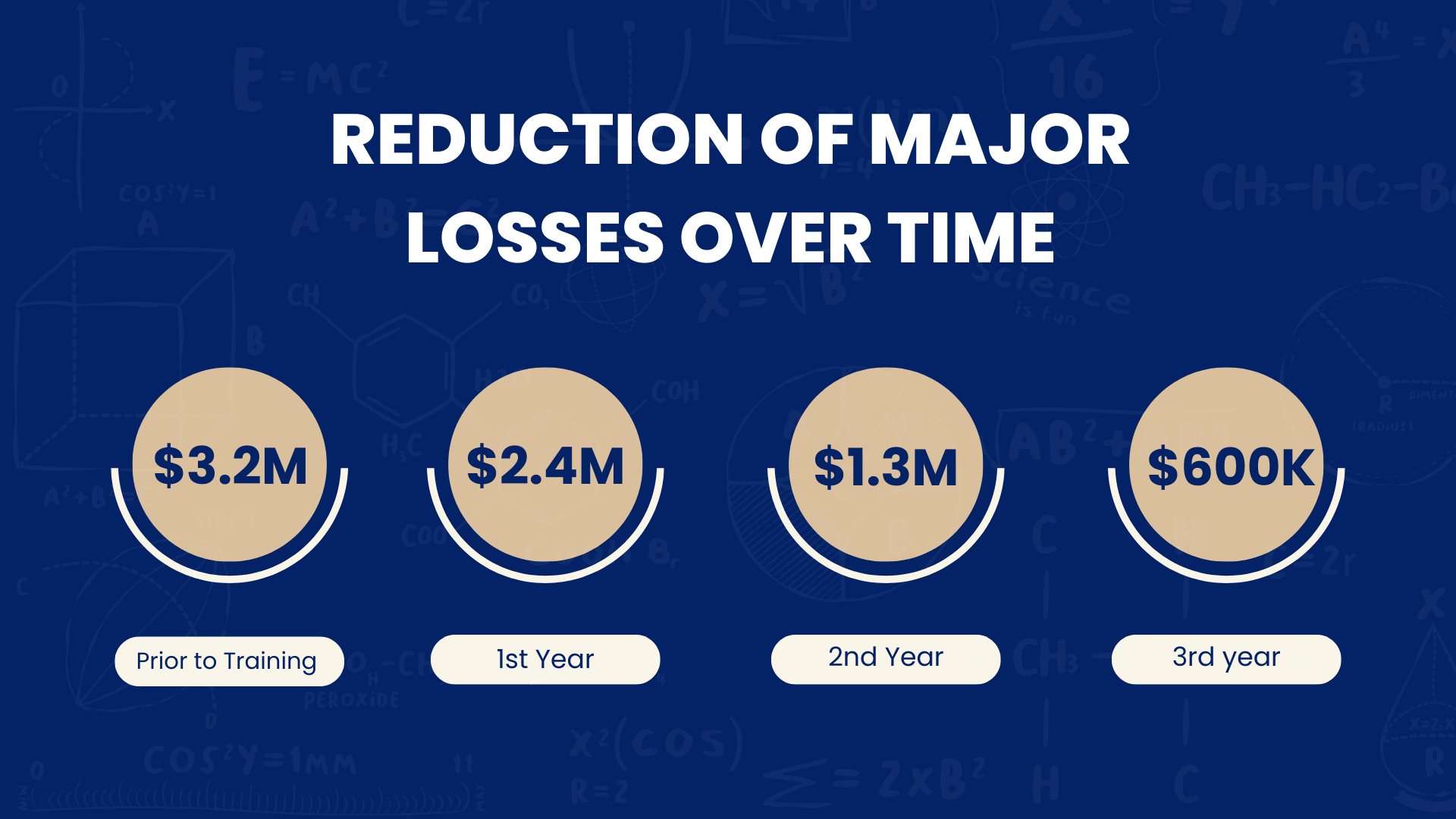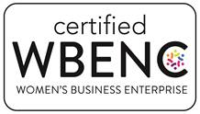People-first organizations experience:
22% higher productivity,
41% lower absenteeism,
30% stronger client satisfaction.
The numbers speak for themselves. As a people-first organization, we can speak to the benefits of leaders creating a culture where employees feel valued and have the tools they need to succeed, ultimately leading to better business outcomes. ☝️
To create a people-first organization, start by building a thoughtful and inclusive approach to centering your organization’s strong, employee-focused ethos.
Identify your claim.
Imagine your business as an upside-down snowman*. The largest snowball (now at the top) is your claim. This is who you claim to be as an organization. Maybe you claim your company is a “family-first organization” or that people are your greatest asset.
The middle and midsized snowball is the infrastructure. These are all the places where you backup your claim. Let’s say, as a family-first organization, you offer your employees a flexible work schedule. The only caveat is that your employees must be available from 8 am-5 pm. (We’ll come back to this, don’t worry.)
- Another way to think of infrastructure is: What time/resources do you commit to your folks so that they can learn something new and grow internally?
The smallest snowball (now at the bottom) is the norm. This is what your colleagues, employees, and peers have to say about your organization.
- Another way to think of the norm: If a stranger were talking to your employees, what would they say about the opportunities they have as a people-first organization, if any at all?
The goal is to make all these principles–your claim, infrastructure, and norm–equal. The largest snowball feeds into your smallest snowball.
Once you’ve identified your claim, your infrastructure should clearly showcase it.
- If your claim is a people-first organization, you might support that by budgeting a yearly stipend for employees to use for personal or professional development. (Don’t forget to build a system to ensure your people take advantage of it.)
- If your claim is people-driven, you may formalize a productive and proactive week-long onboarding plan for new hires. (By creating a thorough onboarding process early on, your new hire may avoid preventable and often costly mistakes by learning the skills they need to succeed first.)
- If your claim is a family-first organization, a flexible schedule can be a great way to live your claim. Now, think about the policies or support your employees have to account for family dynamics, such as the spontaneous sick kid, the middle school graduation at 1 pm, or summer camp schedules.
A people-first organization means more than awards or badges added to your LinkedIn or website home page. It’s about truly focusing your efforts on your people.
It’s listening to your employees’ needs and helping them find solutions. Your commitment to your people will likely be reciprocated, creating engaged and productive employees.
Your team will feel the results.
Your clients will experience the results.
And your organization will grow right alongside your people.
*The upside-down snowman concept is credited to Adriana Vaccaro, CEO and founder of Culture Redesigned.









